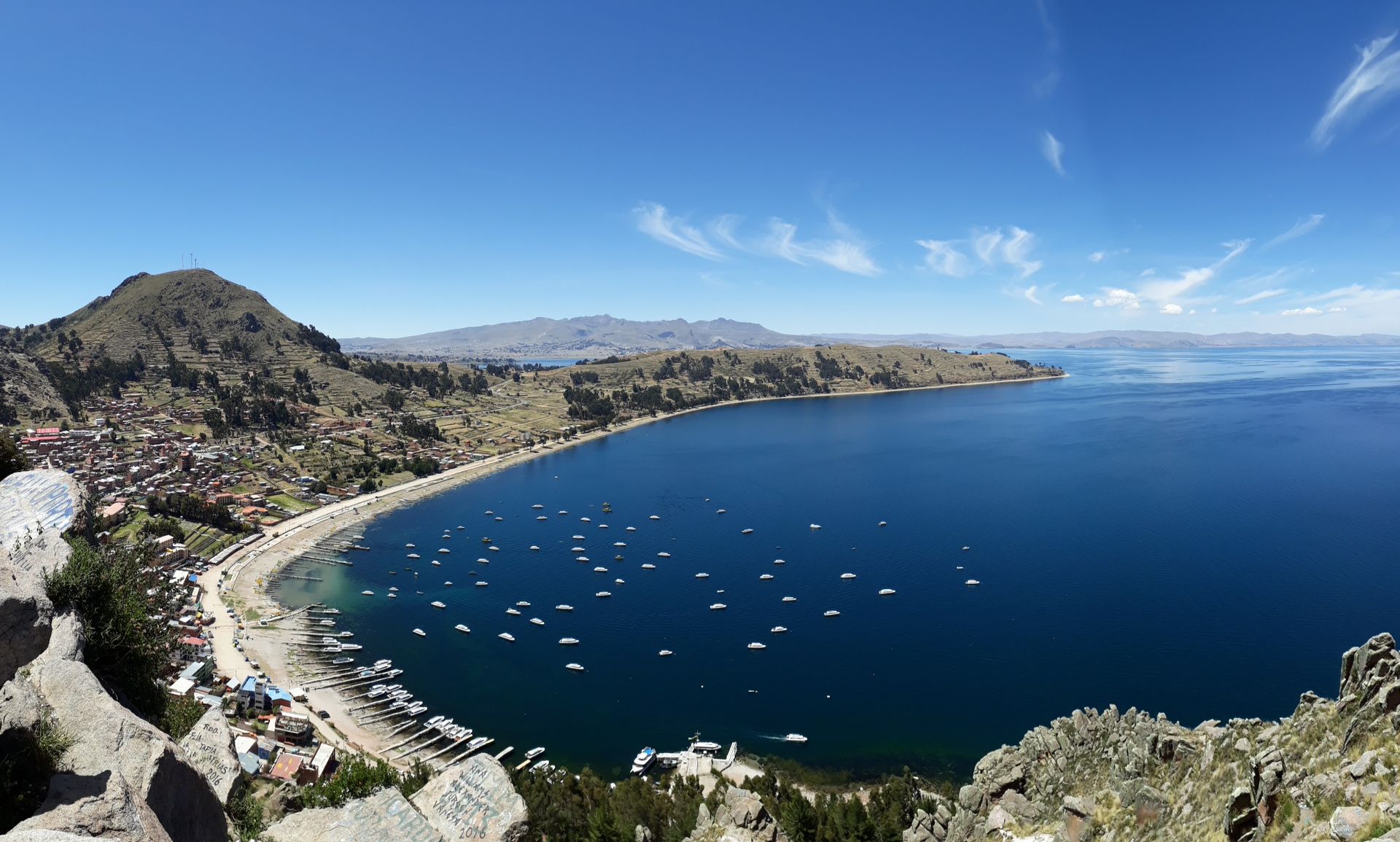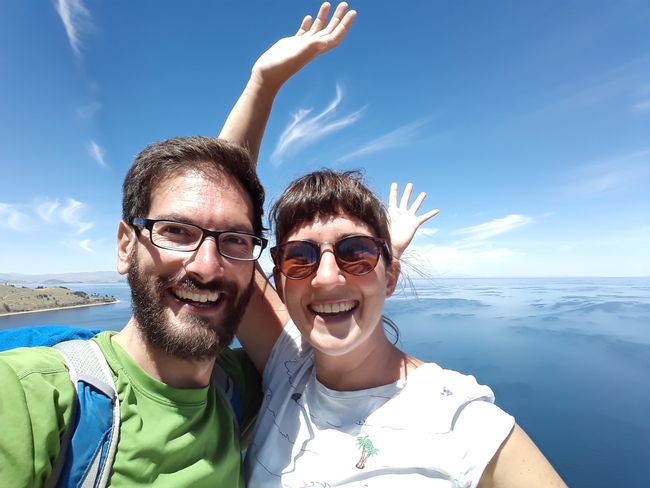Tongariro NP y/o Taranaki
Foilsithe: 30.03.2017
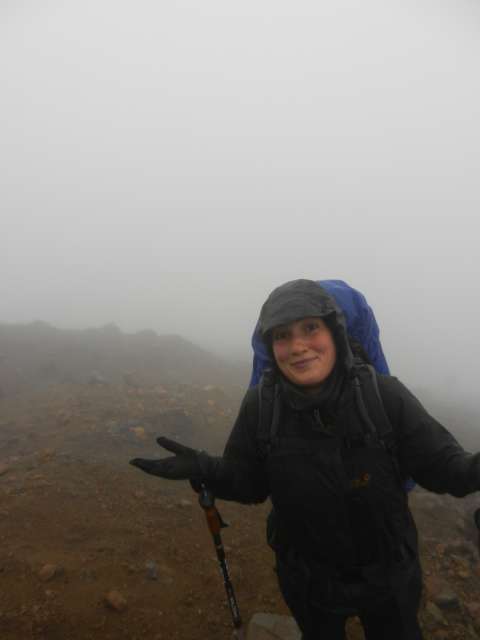
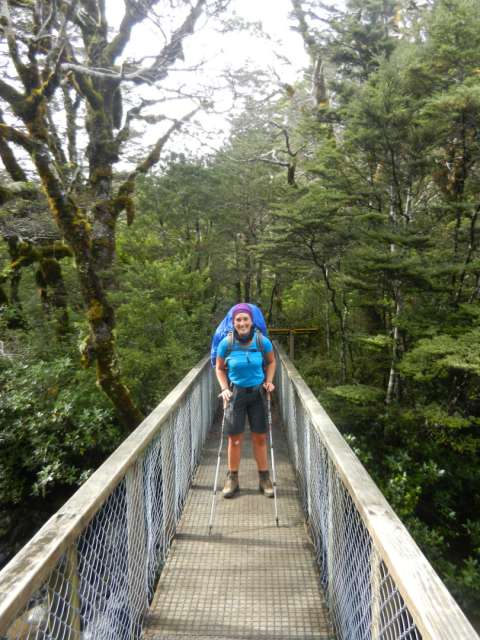
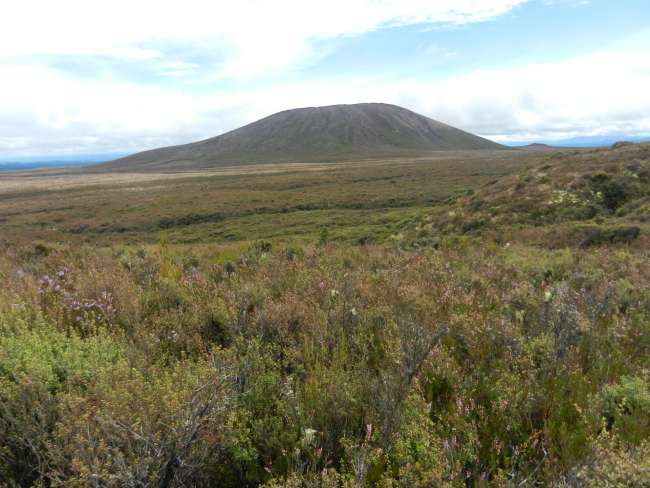
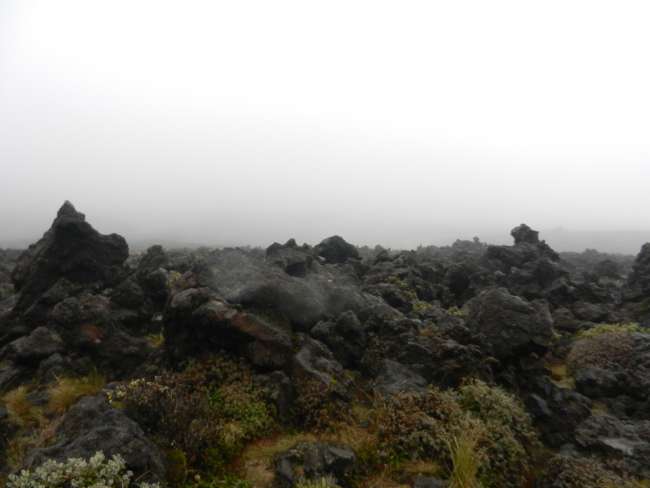
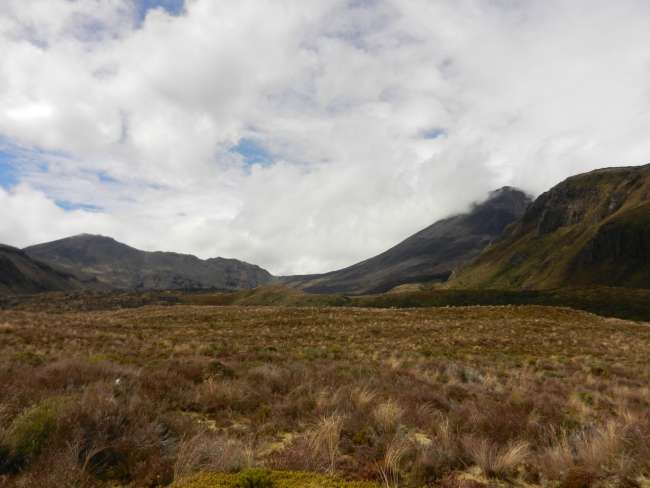
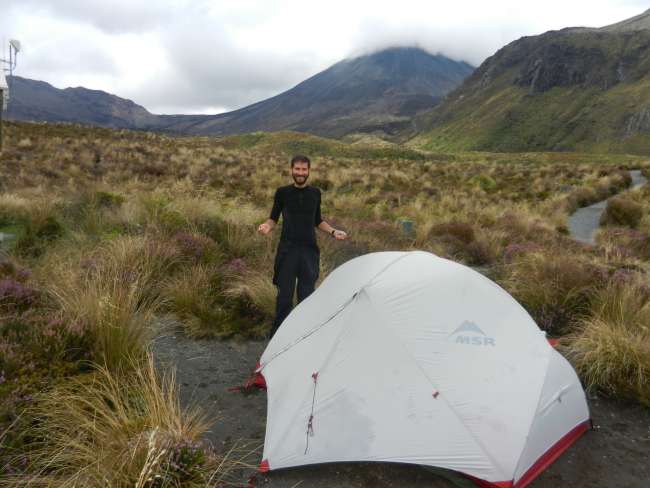
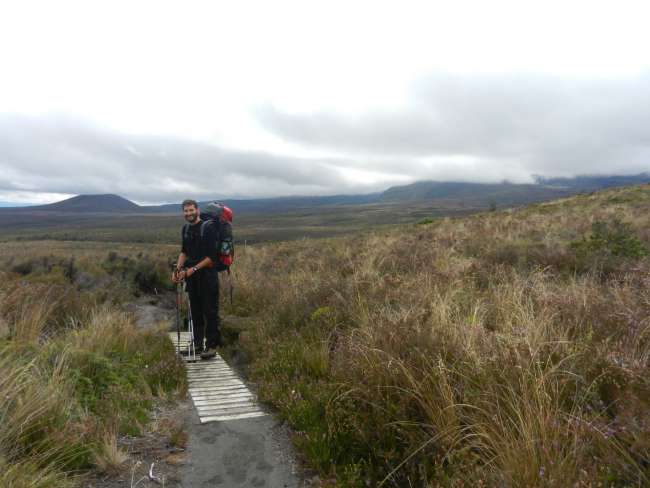
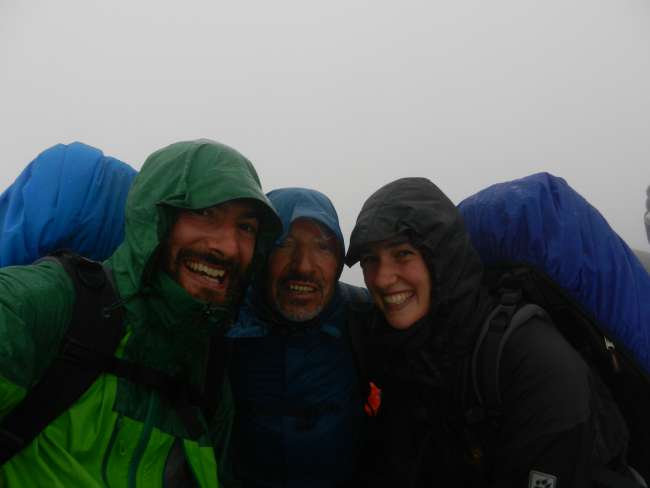
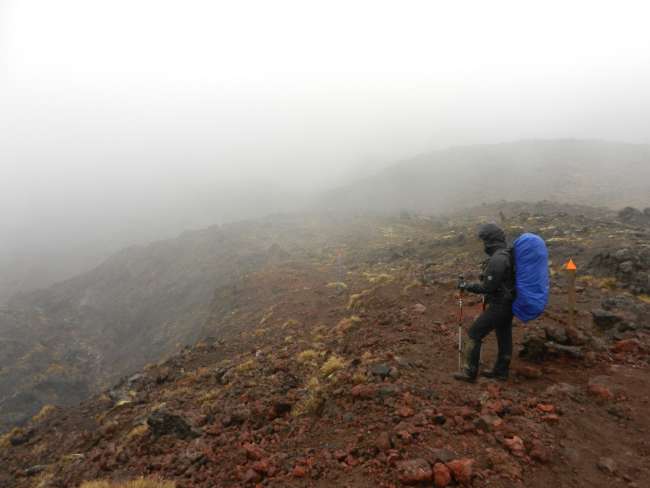
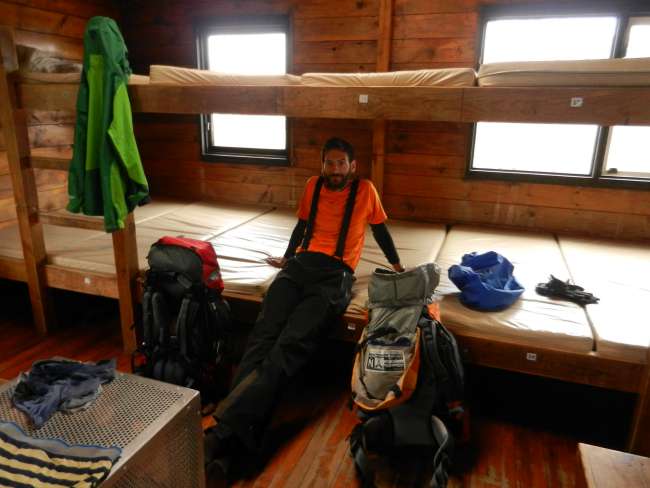
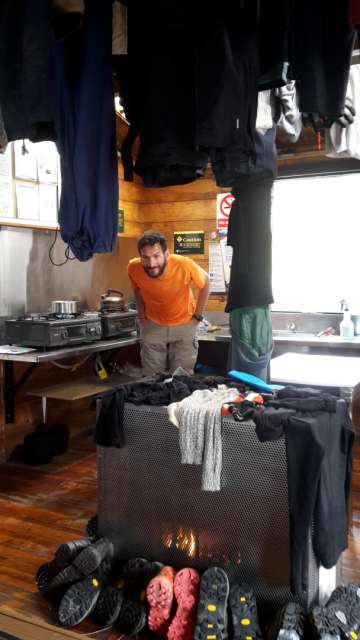
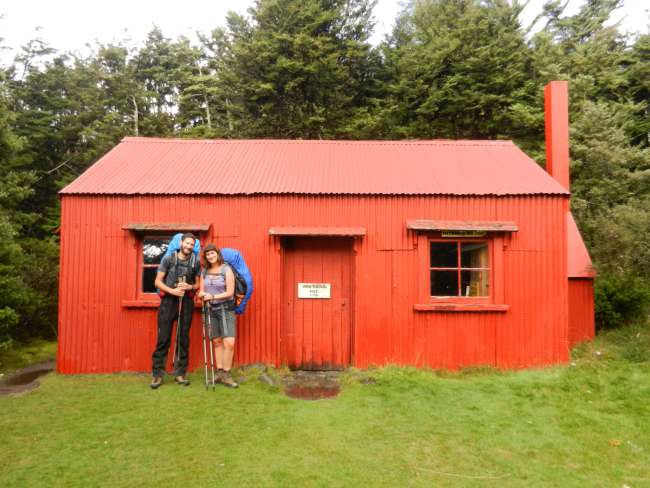
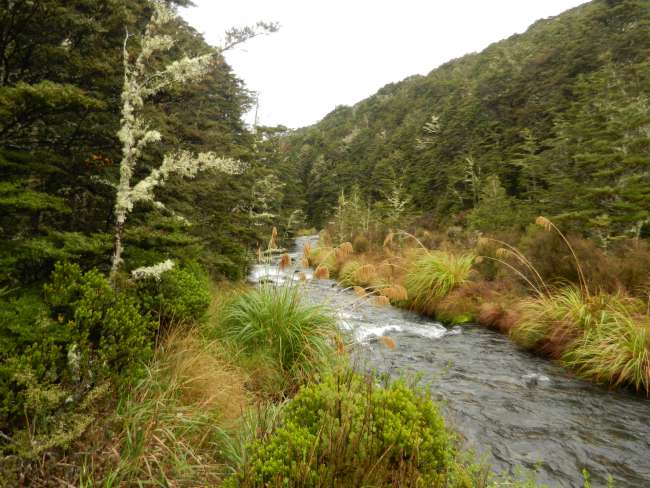
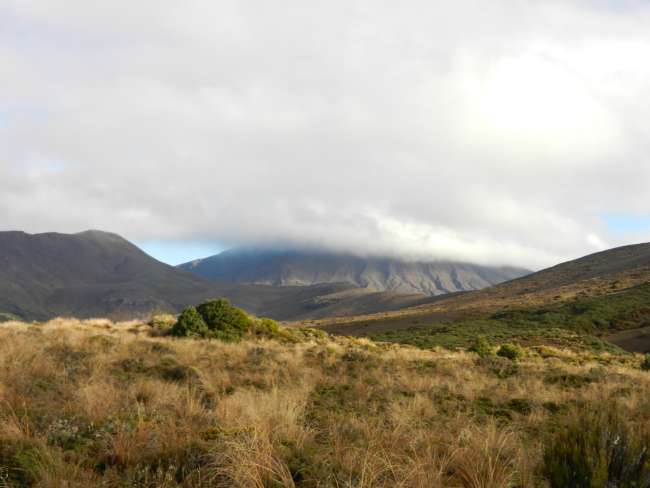
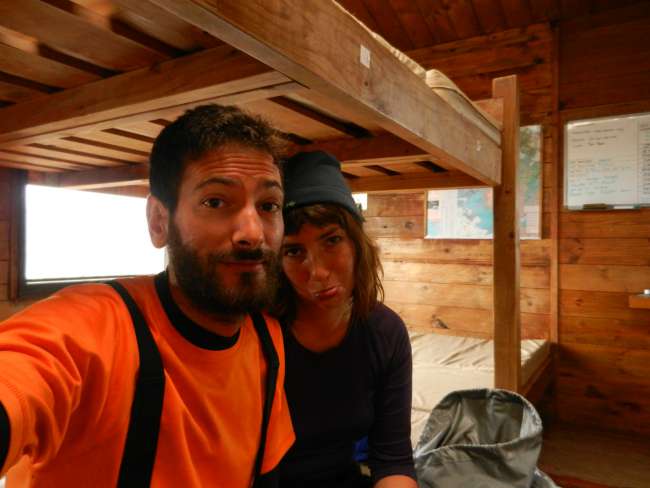
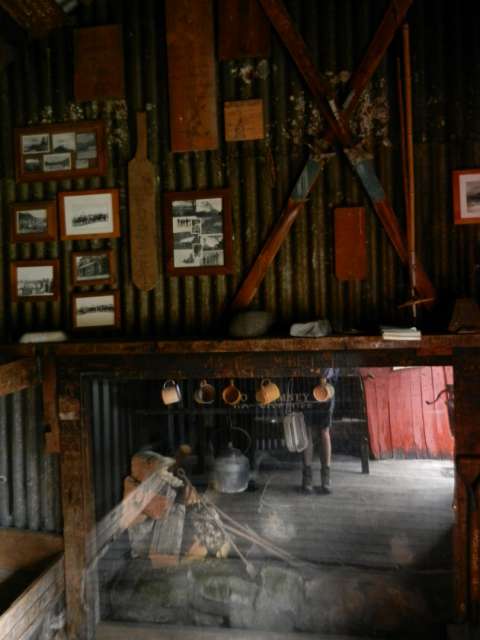
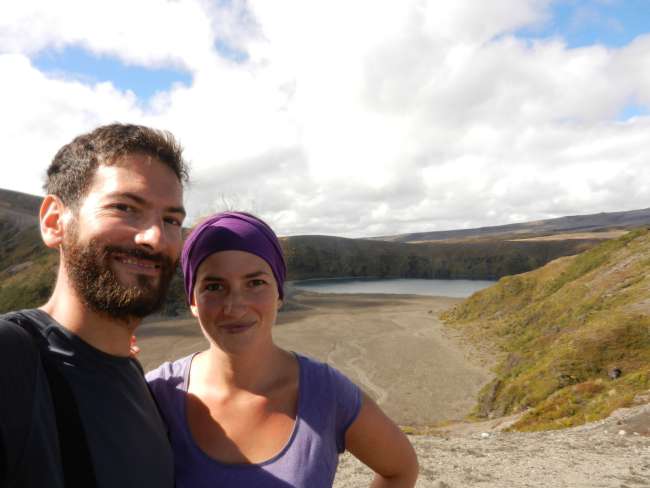
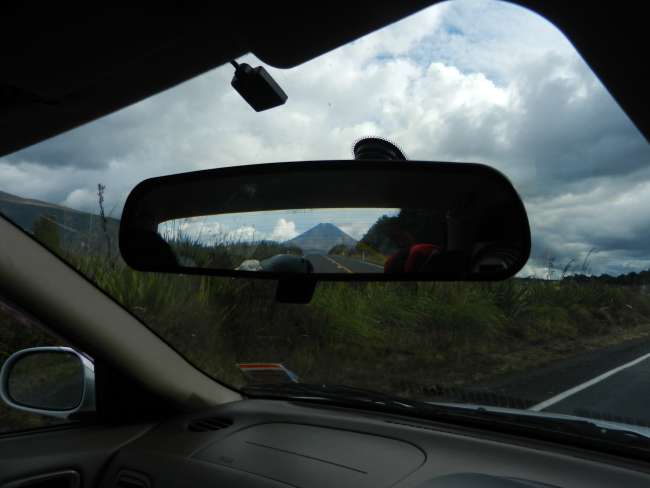
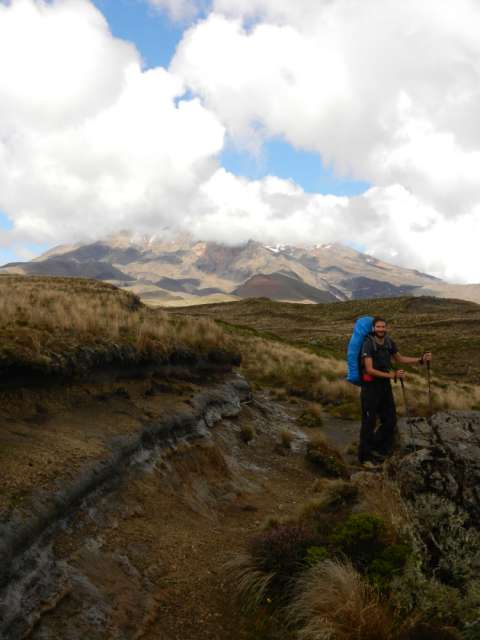
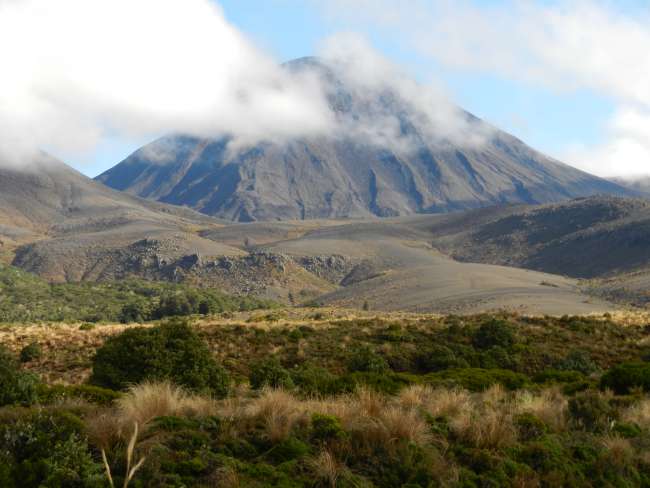
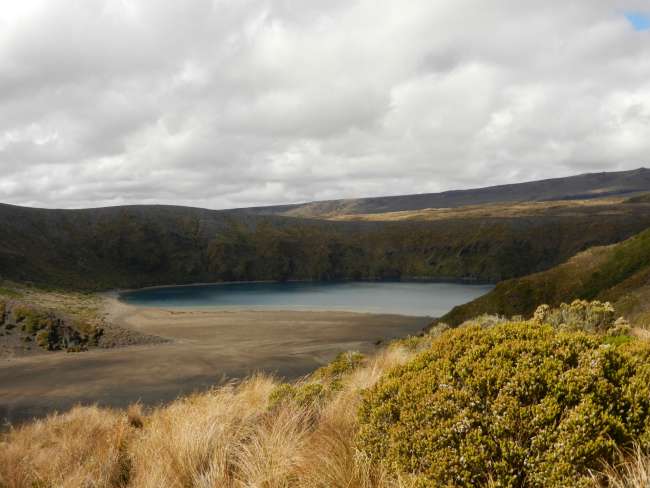
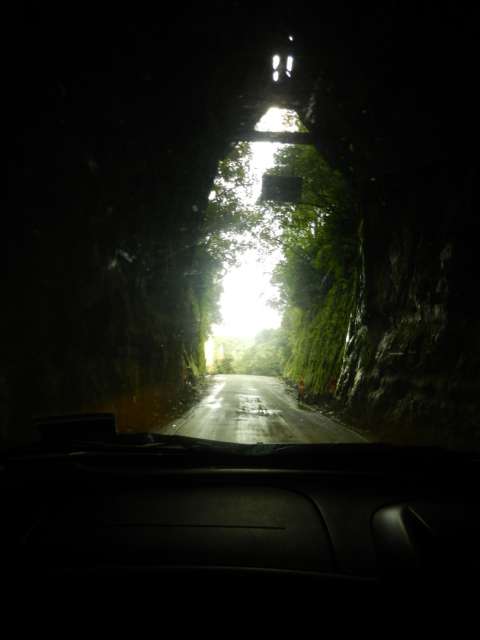
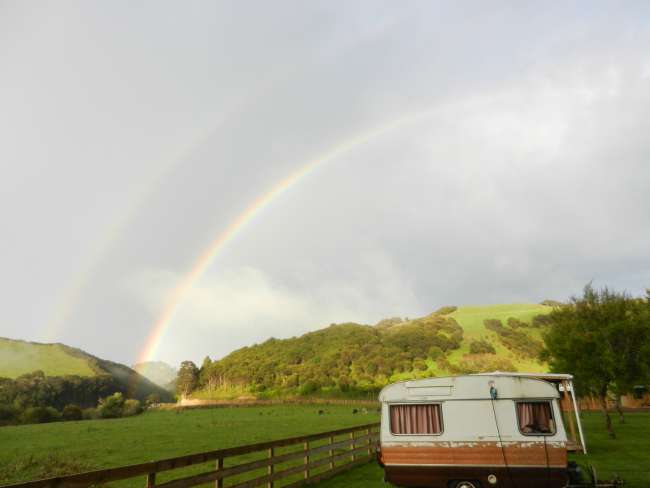
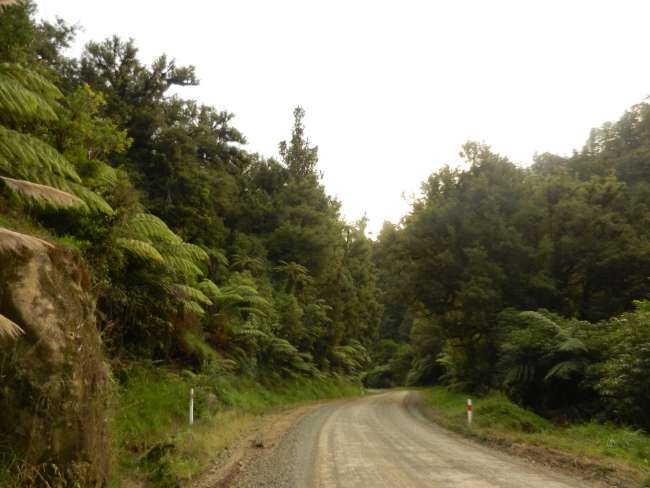
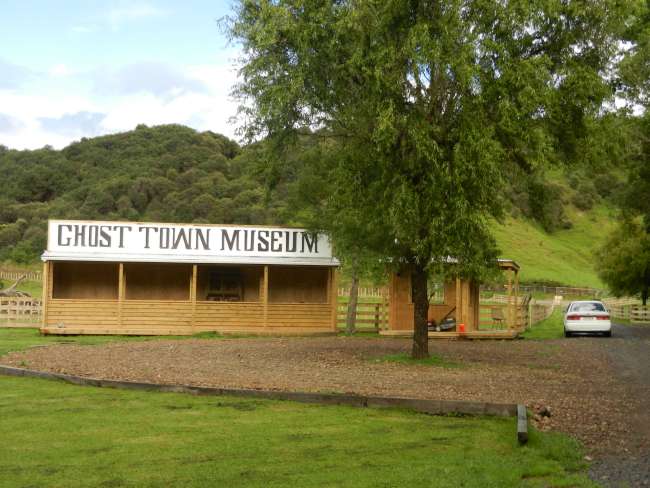
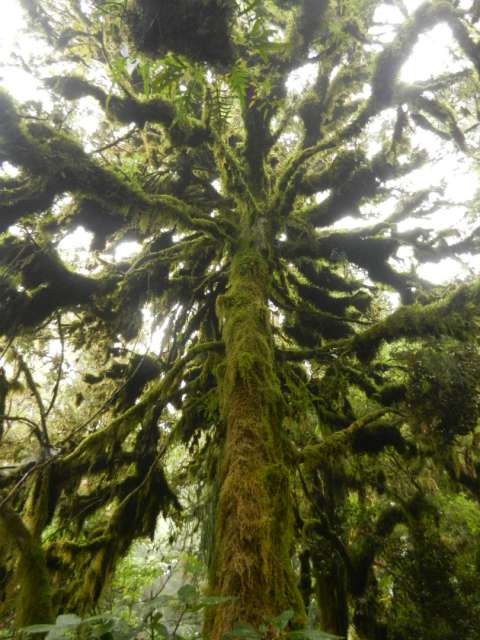
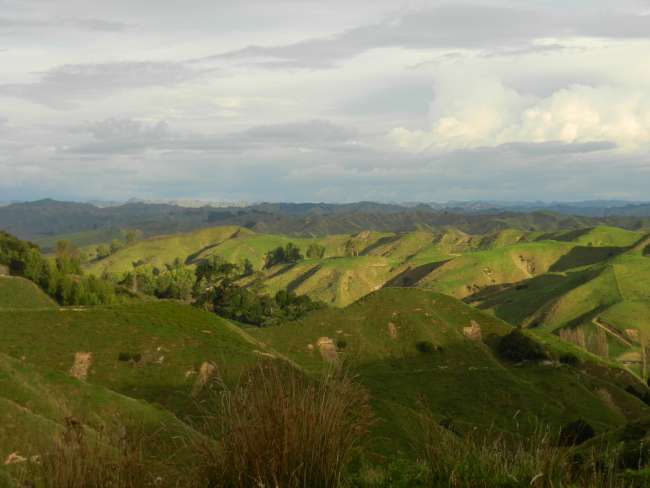
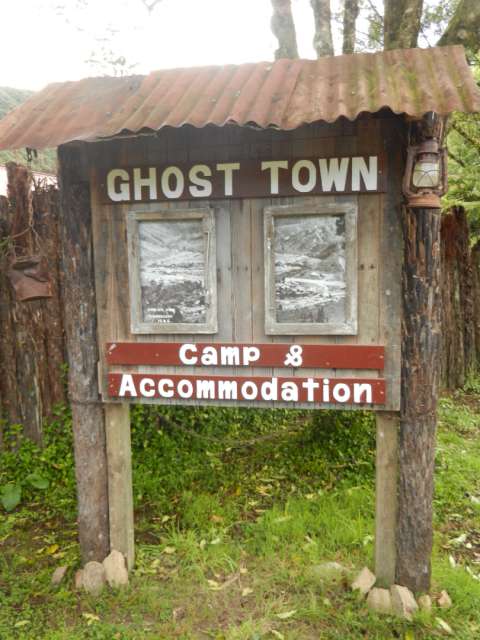
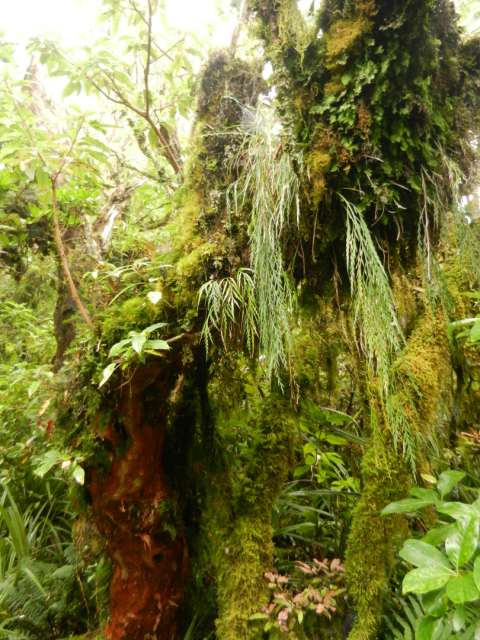
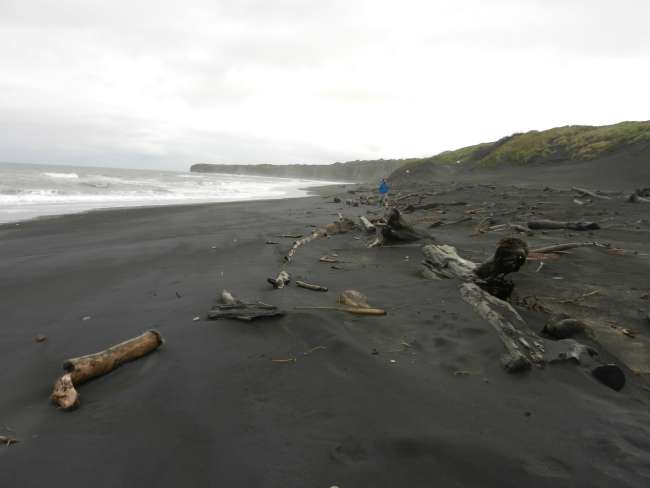
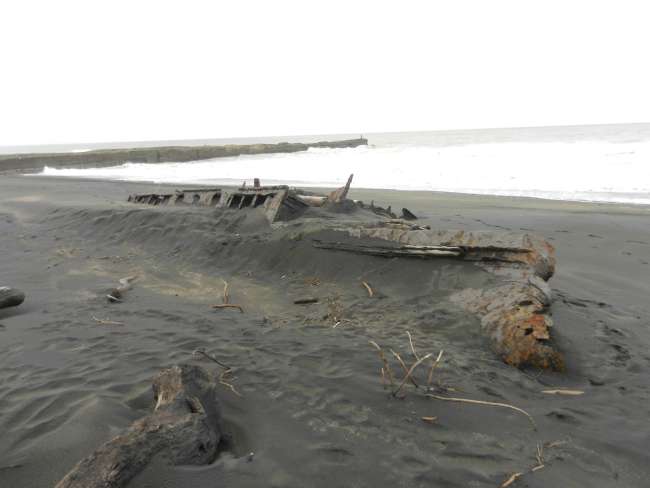
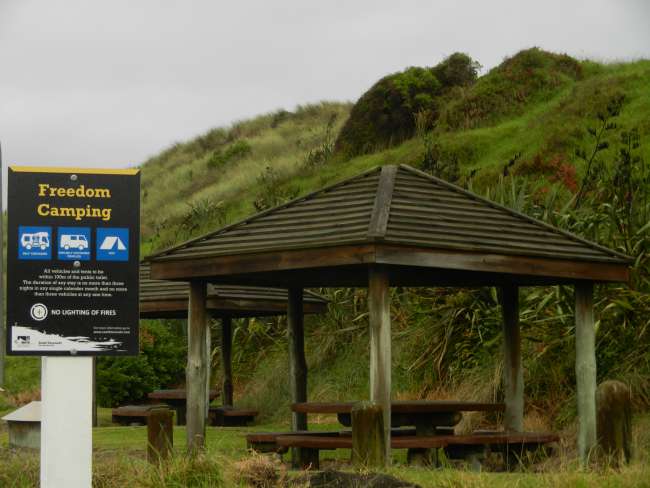
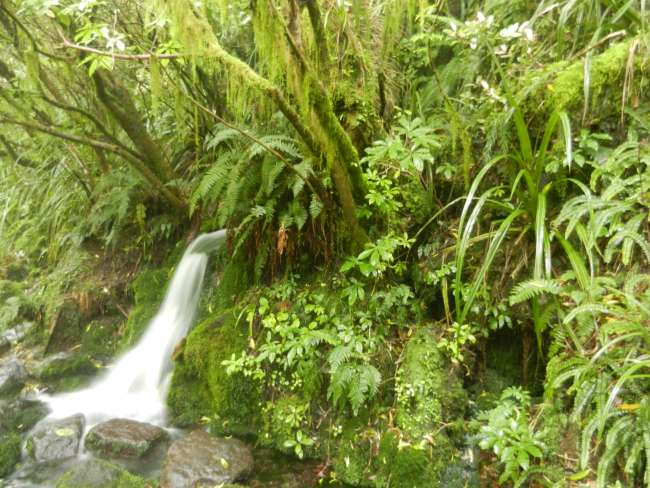
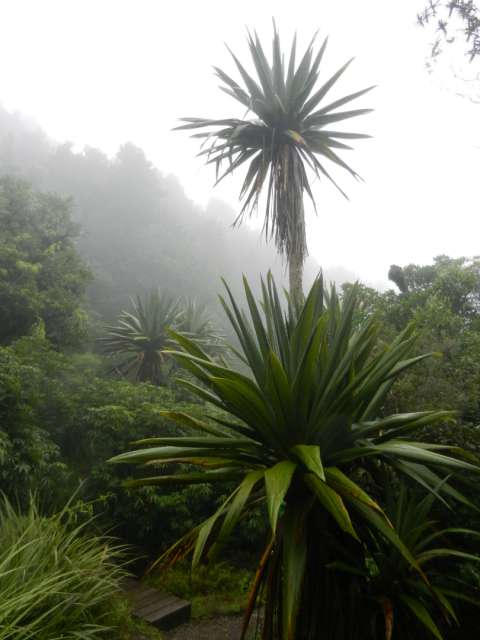
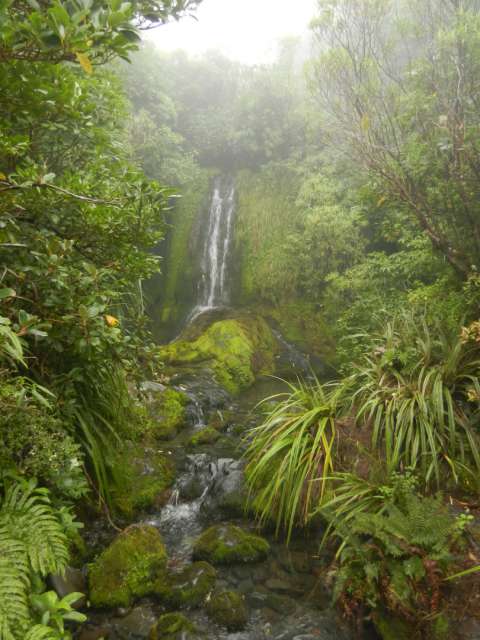
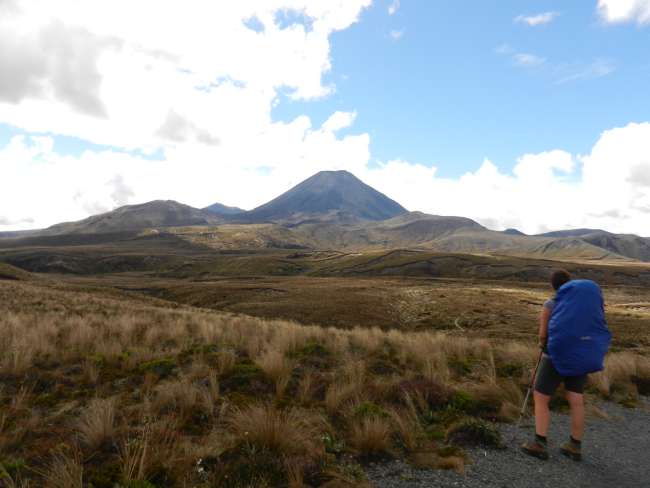
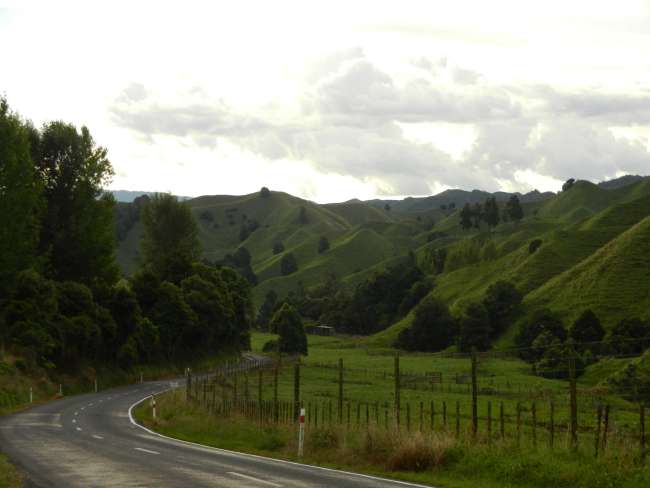
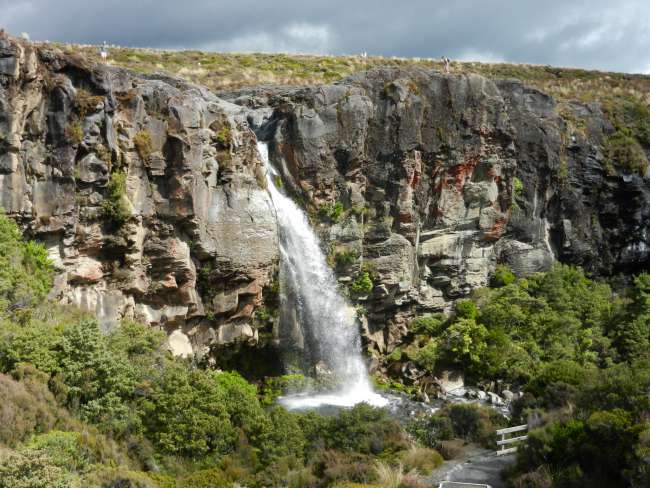
Liostáil le Nuachtlitir
La caminata de circuito norte de cuatro días en el parque nacional de Tongariro comienza en el pueblo de Whakapapa. Estamos en el parque nacional más antiguo de Nueva Zelanda y el cuarto más antiguo del mundo. Además, el parque nacional de Tongariro es conocido porque aquí se filmaron algunas escenas de Mordor para la película El Señor de los Anillos. Así que, ¡literalmente, nos dirigimos a Mordor!
La primera etapa hacia el camping de Mangatepopo es sencilla y llana. En contra de las previsiones del tiempo, hace calor y está seco, ¡lo que nos hace muy felices! Aquí nos vienen recuerdos veraniegos a la mente. Montamos nuestra tienda no muy lejos del volcán Ngauruhoe, que tiene un atractivo hipnótico. Nos gusta mucho. En 2012 fue la última vez que estuvo activo y destruyó un refugio para excursionistas... ¡ups! Al día siguiente vamos a subir casi 2000 metros hasta el cráter rojo y algunos lagos de cráter. ¡La vista promete ser impresionante!
Desafortunadamente, el clima no estaba de nuestro lado. Los siguientes 2 días llovió intensamente, sopló un fuerte viento y estaba permanentemente gris y neblinoso. Así que nada de cráteres y lagos. A pesar de que escalamos por el camino a través de campos de lava y restos de ceniza, después de todo el esfuerzo no fuimos recompensados con vistas. Predomina la sensación de frustración cuando estamos junto al cráter y no vemos nada. ¡Qué tiempo tan inútil! Por cierto, hasta la cima nos acompaña Manuel de Zaragoza, un montañista profesional que ha estado en casi todas las montañas y para quien todo esto es un paseo.
Empapados hasta la ropa interior, llegamos a nuestro próximo destino, Oturere. En la cabaña hay un horno de gas que todos utilizan para secar la ropa y los zapatos mojados. Nuestros compañeros de viaje son una familia neozelandesa de seis personas, dos ingleses y un alemán. Como hoy no hay guardabosques en la cabaña para comprobar, todos dormimos en la cabaña, incluso aquellos que solo pagaron por acampar, como nosotros. Con este viento y lluvia, estamos agradecidos por un techo firme sobre nuestras cabezas.
El tercer día fue similar: mojado, gris y ventoso. En buen tiempo habríamos subido nuevamente para ver los puntos destacados arriba, pero así no. El abuelo de la familia neozelandesa dijo acertadamente: 'hay una razón por la que Nueva Zelanda es tan verde'. Tiene razón, pero aún así estamos molestos por el clima y por estar siempre mojados. A muchas personas les debió haber pasado lo mismo el verano pasado, ya que se supone que ha sido el verano más húmedo en unos 30 años. El sistema de reservas de las caminatas te obliga a elegir una fecha fija, por lo que se pierde la flexibilidad de esperar un mejor clima. ¡Una pena!
El último día volvió a estar seco, cálido e incluso soleado. El camino es super bonito y finalmente vemos dónde estamos. Pero de alguna manera no podemos evitar mirar atrás y pensar en qué tan espectacular sería estar allá arriba en el volcán hoy. Bueno, así es esto con las montañas y probablemente más con las montañas neozelandesas. En los Cárpatos rumanos tuvimos que dar la vuelta debido al mal tiempo porque se había vuelto demasiado peligroso. Aquí el volcán no quiso mostrarse, un volcán tímido.
Después de la caminata, viajamos por la Forgotten World Highway hacia el oeste. Pasamos la noche en Tangarakau, un antiguo pueblo minero que, tras el cierre de la mina, es hoy una ciudad fantasma casi completamente abandonada. Nos gusta mucho el camping y la Forgotten World Highway también es atractiva con sus interminables y suaves colinas verdes y bosques. 15 km de la autopista son de grava, los otros 135 km se desarrollan a lo largo de una serpenteante carretera de montaña con un mini túnel de un solo carril. En la zona hay un máximo de 4 casas... todo muy deshabitado.
Nuestro próximo destino es el monte Taranaki, un volcán en la costa oeste. Pero también parece ser tímido. Después de una mañana soleada en Tangarakau, en el monte Taranaki vuelve a estar mojado y nublado, así que no se ve ningún volcán a la vista. Aun así, decidimos hacer una pequeña caminata por un hermoso y antiguo bosque.
Pasamos la noche en Patea, en un camping gratuito justo en una playa negra. Debido a la intensa lluvia, dormimos en el coche, lo cual funcionó sorprendentemente bien.
Ahora estamos en Wellington, ¡el sol brilla y mañana tomamos el ferry a Picton, en la isla sur!
¡Perdón por el desorden con las fotos! ¡El wifi a menudo es lento y las fotos no se cargan en el orden en que las seleccionamos!
We arrive in the village of Whakapapa, in the center of the North Island, to take the northern circuit route of Tongariro National Park. It is the first national park declared in New Zealand and the fourth in the world. It consists of a set of volcanoes, and the route we’re going to take goes through them for four days. The park is also known because it was here that the scenes of Mordor were filmed for The Lord of the Rings movie. So, we literally set off for Mordor!!
The first night we spent at the camping site in Whakapapa was already a foreshadowing of what awaited us along the route for the following days: a lot of rain.
The first day to the Mangatepopo hut went quite well, and it was a sunny day. The path was a bit difficult, as the rain from the previous days seems to have slightly damaged it. We could see up close the cone of the active volcano Ngauruhoe, an impressive mountain of black color that would await us the next day to climb it to 1900 meters and see it up close.
Or so we thought, because the reality was quite different. No sooner had we woken up and exited the tent than we found ourselves in a gray sky, a lot of rain, and very low clouds. From the very beginning of the ascent, the clouds revealed very little: some rivers passing by our side and some fields of lava rocks. When we started to climb towards the mountain pass between Mount Ngaruhoe and the red crater, it was only intuitive that we were climbing a volcano by the black surface we were walking and the almost constant smell of sulfur. At the top of the mountain pass, on the crest of the red crater, there was a lot of wind and a monstrous rain, so we decided to continue and quickly head down, since we couldn’t see anything. Until the summit, we were accompanied by Manuel, an experienced mountaineer from the area whom we met the previous night.
During the descent to the Oturere hut, we were able to see at least one lake in a crater and some beautiful scenery. We arrived at the destination completely soaked, but luckily we could sleep inside the hut, since although we had only paid to camp with our tent next to the hut, the park ranger did not come to check. So, we could enjoy the heating during the night and dry our clothes.
The next day at Waihohonu was more of the same: rain all day and arriving soaking wet to the hut. The path goes through a volcanic landscape, continuing down from the mountain to a forest just before reaching the destination.
The last day the sun came out again, although a bit late for us. Although the route back to the village where we started was beautiful, we couldn't stop thinking, looking back at the mountain, about how we had been up there, on the crest of a volcano, and we could see absolutely nothing. It seems the mountain was laughing a little at us. During the walk we were able to see a large volcanic lake and gorgeous views of the mountainous area.
Upon reaching the car, we set off towards the next point in our journey, the Taranaki volcano to the west of the country. We traveled along the Forgotten World Highway, where we could enjoy the landscape both rural and of native forest. After spending the night at a camping site along the highway, we arrived at Taranaki, which, to keep the bad luck streak, was surrounded by very thick fog that did not allow us to see it. Nevertheless, we were encouraged to take a short walk along its slopes.
In conclusion, we could not see what I believe to be the most beautiful part of the North Island of the country due to bad luck. Now we continue on to Wellington heading for the South Island, hoping that our luck with the weather improves a little!
Liostáil le Nuachtlitir
Freagra (2)
Dunja
Trotz Eurer Frustration empfinde ich die Bilder als wunderschön.
Ihr fehlt hier, dennoch ist es toll Euch beim Reisen zuzuschauen. Ihr taucht uns mit ein, sodass wir auch ein Gefühl haben, eine kleine Weltreise zu machen!
Ich mag Deine kleinen Geschichten zu jedem Beitrag. Zwar vergesse ich am Ende des Texts die ganzen Namen, dennoch geniessen ich das Lesen jedes Mal.
Fühlt Euch gedrückt <3Nini
Danke Duni 💜💜💜 Fühlt euch fest zurück gedrückt!